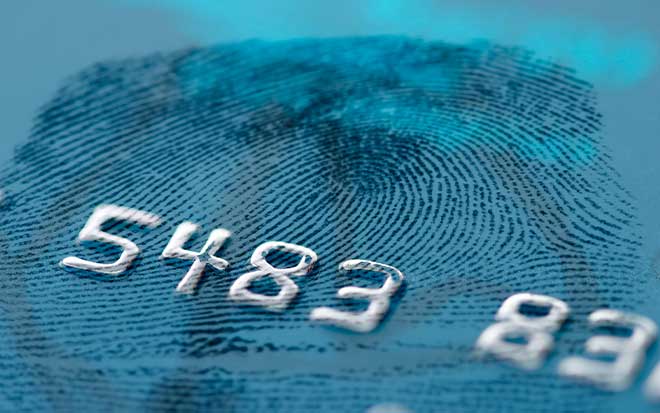April 21, 2020
How to Challenge a Will Based on Incapacity or Undue Influence
While the laws of different states vary, in general, to execute a valid will or trust, a person must have “testamentary capacity” and must not be under “undue influence.” The test for whether someone has sufficient testamentary capacity to execute a valid will or trust has a very low standard. The person must have the capacity to know her estate, to know the natural objects of her affections, and to know to whom she wishes to leave her property. In layman’s terms, to have testamentary capacity, a person must be able to understand what assets they have and who their family members and close friends are, and the person must also be able to identify the people or charities to whom she wishes to leave her property. Also, in some states, the law requires the person to be free from any “insane delusions.” Again, the particulars of these elements vary from state to state, but the degree of capacity required to execute a will is less than that needed to execute a contract. In other words, a person needs a higher degree of competence to execute a valid contract than a will or trust. In addition, an insane person may experience a lucid interval in which they meet the test for testamentary capacity, and under such circumstances the will is valid.
Even if a person meets the test for testamentary capacity, a will or trust could still be deemed invalid if at the time the document was executed the person was under undue influence from some other person. A contestant of a will or trust would have the burden of proving undue influence, and generally the law requires that proof of undue influence be unmistakable and convincing. Most often, the proof of undue influence is circumstantial, rather than direct. Circumstantial evidence is typical because the perpetrator of undue influence usually does not exercise the improper influence in front of other people, and hence the proof must be established without an eyewitness.
The precise test for undue influence again varies by state, but typically the contestant must establish that the undue influencer destroyed the free will of the person executing the will so that the desire of the undue influencer took over for the desires of the victim. Sometimes undue influence may be exerted by coercion or duress—for example, where the perpetrator threatens to harm or abandon the victim if the victim does not comply with the influencer’s wishes—but sometimes it is more subtle and is carried out by deception or fraud. For example, the perpetrator may tell the victim that his beneficiaries have betrayed him or have stolen something from him. In these cases, the victim may have a diminished mental state as a result of age and/or disease, making it easier for the perpetrator to deceive the victim.
It is critical to understand that undue influence is different from just ordinary influence. It is normal and expected, for example, for family members to seek to influence one another. A husband may urge his wife to leave her lake house to him, and he may seek to persuade her that he would be a worthy beneficiary of the property. But that is mere influence, and absent other evidence showing that he coerced her or deceived her into making the bequest, the bequest would be valid despite the husband’s influence.
Although the legal test for undue influence—destruction of the free will of the victim—is somewhat vague and difficult to apply as a practical matter, medical and mental health professionals have studied the psychological conditions associated with undue influence for centuries in an effort to establish a more concrete set of criteria associated with undue influence. Typically, a psychiatrist or psychologist is able to evaluate alleged undue influence by analyzing whether certain indicators associated with undue influence are present in a given case. Various experts and medical and legal organizations have identified indicators of undue influence. Typical indicators include: (1) the susceptibility of the donor to undue influence by virtue of having diminished mental and physical capacity; (2) the perpetrator’s opportunity to exert undue influence, including whether a confidential relationship existed between the alleged perpetrator and victim; (3) the perpetrator’s use of actions and tactics typically associated with undue influence, such as duress or deception; and (4) an unnatural result, typically taking the form of the alleged victim leaving a larger share of her assets to the alleged perpetrator than was expected.
The science of undue influence developed over the centuries borrows, in part, from studies of cult behavior. Dr. Margaret Thaler-Singer, PhD was a leading expert in the field and provided input to the American Bar Association Commission on Law and Aging. Her model was based upon the following six stages:
- Creating isolation
- Fostering a siege mentality
- Inducing dependency
- Promoting a sense of powerlessness
- Manipulating fears and vulnerabilities
- Keeping the victim unaware of the manipulator’s true intent.
An analysis of these and similar factors is important in building a case that undue influence existed in a given situation.
To determine if undue influence exists in a given situation, the lawyers often need to obtain as much evidence as possible to show circumstantially that the wrongdoer did, in fact, unduly influence her victim. That evidence may consist of emails, text messages, videos, and voicemails, in addition to statements from any witnesses to the undue influence.
It is important for a person who believes a loved one has been unduly influenced to find counsel familiar with the legal concepts. Experienced counsel can help the person identify the relevant proof and retain any expert witnesses necessary to build a winning case.









